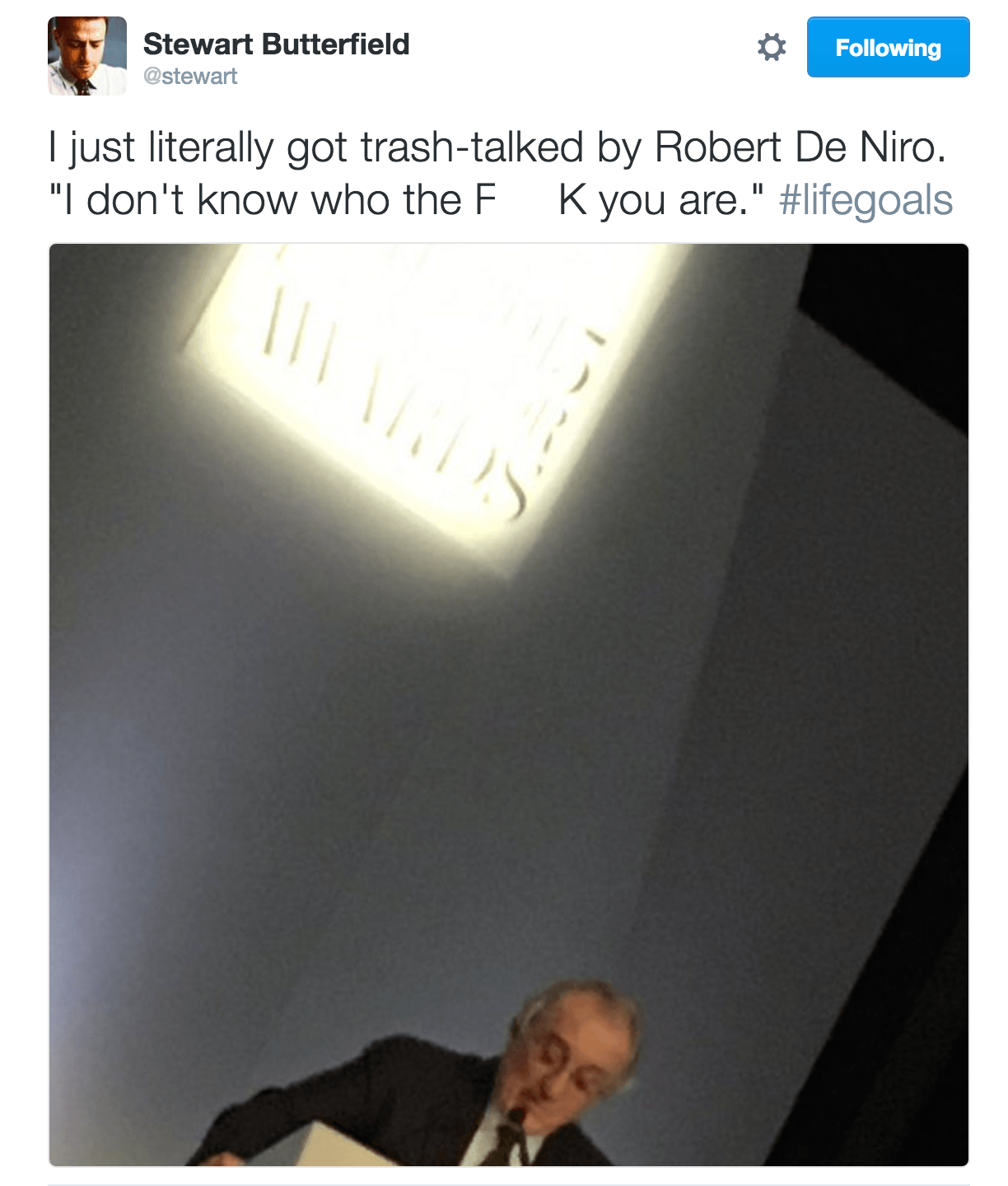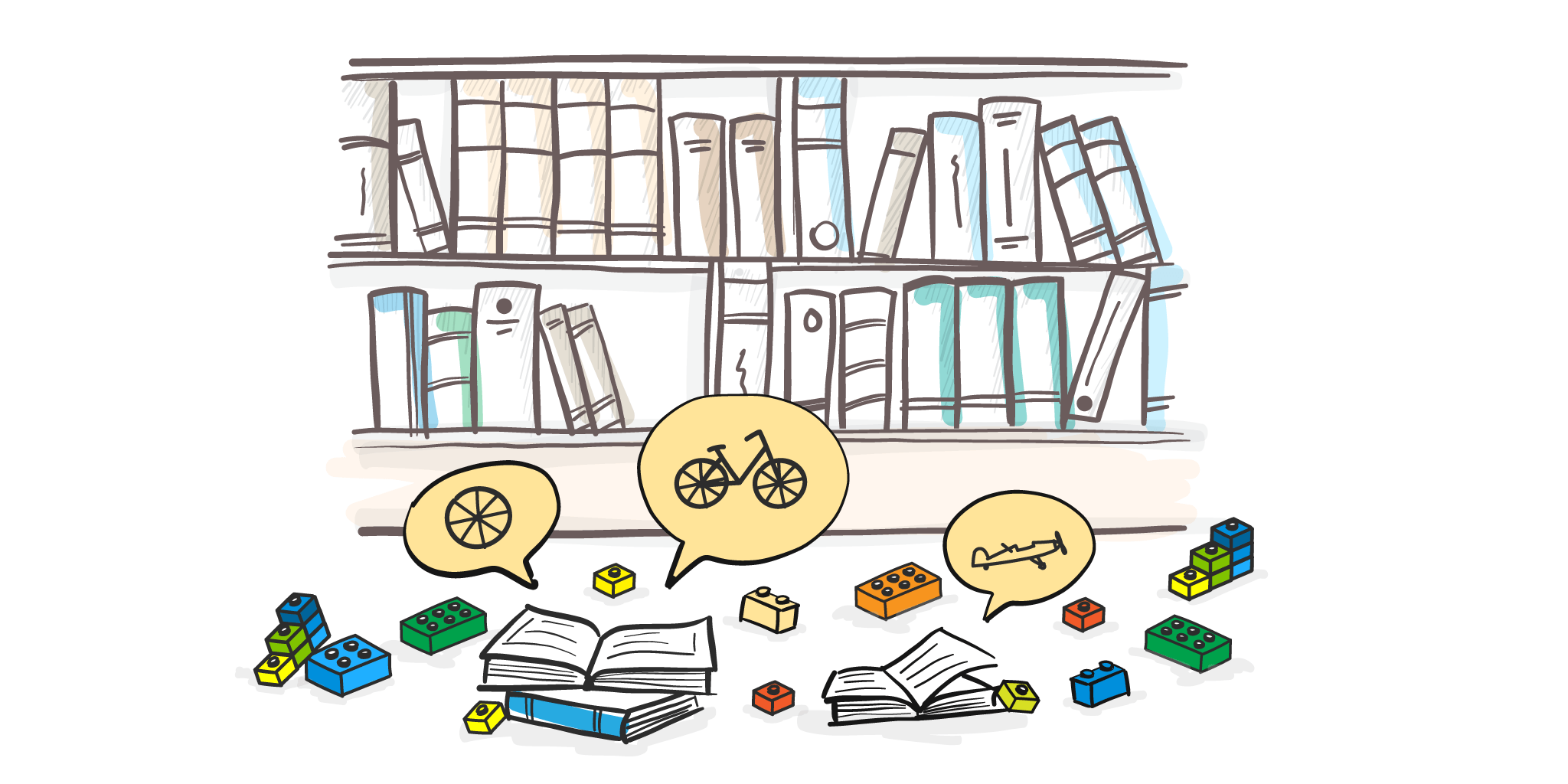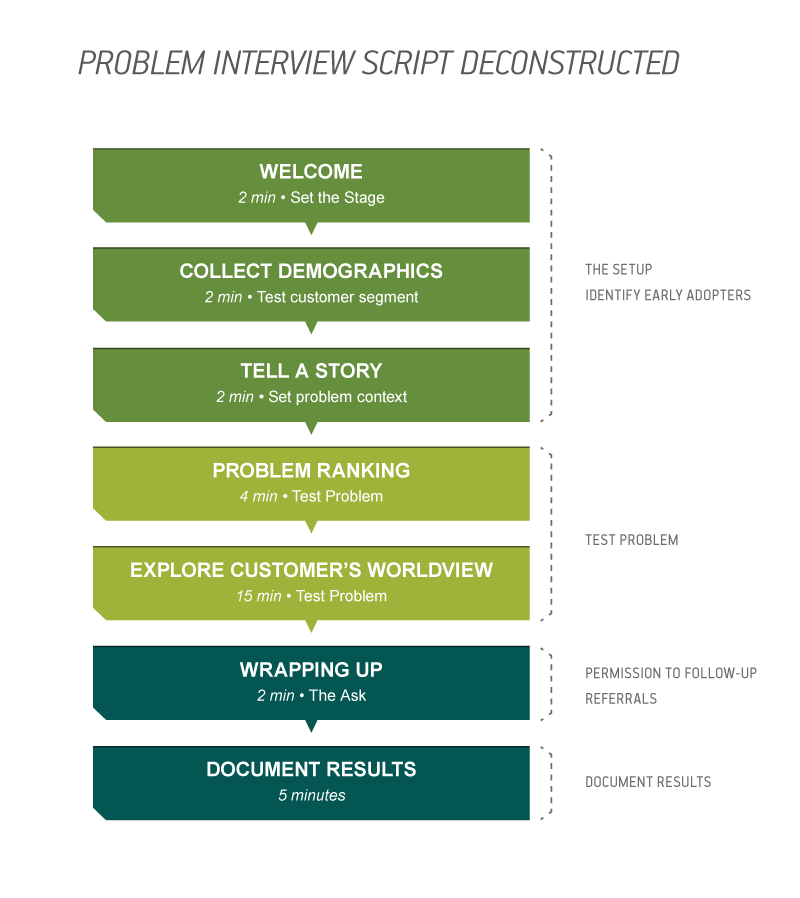Ever so often, we come across articles with generic headlines, such as, “10 ways to grow your customers in a month”, or “3 techniques for guaranteed startup growth”. It’s endless.
But we all know that there is one thread common to most successful startups. That is the endless hours of research that they invest in understanding the problem relevance, market and potential customers, before throwing their product out in the market. The many iterations and tests of their business models as the product is getting built.
Steve Blank calls it customer development.
We decided to dig a bit deeper on what customer development is all about – gathering insights from the one who pioneered it, the ones who have successfully done it, one in the trenches, in the process, a book and a movie.
But before that, I wanted to see what Google threw at me, when I searched for Slack + “success story”.
The first page of the search yielded stories on Slack’s exponential growth, its billion dollar trajectory, and its various unconventional strategies.
The stories are stuff of dreams. You see it on Twitter, Facebook, news stories, everywhere.
The First Round post dissects everything from Slack becoming a $1 billion giant as a result of strategic PR and social media for launch, to listening to customer feedback for building necessary and impactful features.
Andrew Wilkinson of the design agency, Metalabs, that designed the original branding and UI for Slack, attributes their growth to the ‘bubbly, bright UI, delightful interactions and hilarious copywriting’, that gives Slack the personality of a ‘wise-cracking robot sidekick’.
Drift wrote a tl;dr version of their observations on Slack’s experienced founding team, great timing, free tier, and great user experience.
The Sydney Morning Herald covered Slack’s Australia office, dishing out yet another secret sauce – channeling its growth by ‘thinking like a consumer’.
And then there was Fortune that quoted Stewart Butterfield, stating that Slack’s success is a ‘Historical Accident’, attributing it to to sheer luck of timing and word-of-mouth reputation.
So what really was the secret behind Slack’s rise? Was it some combination of the above? All of the above? None of the above? Was it Robert De Niro acknowledging Butterfield for the comment on winning the nerd award among celebrities? 😉

And there are quite a few others like Slack. Such as Typeform. Or Intercom. Or AWS. Or even Uber and AirBnB.
It is hard to ascribe the success to any one thing. It is a combination of all of the mentioned above.
Or as Jeff Bezos puts it, “We (Amazon) don’t have a single big advantage. So we have to weave a rope of many small advantages.”
Slack has redefined how we communicate with each other internally. Uber changed the way transportation is perceived. AirBnB has thrown out the textbook definition of accommodation.
What catapulted them to their viral success? A question most businesses ask and the answer to which, they try to emulate.
Umberto Eco’s anti-library and the many unknowns
Let us visit Nicholas Taleb’s The Black Swan: The Impact of the Highly Improbable. The book talks about random events that are unexpected or unpredictable, cause great impact and in hindsight, look like they could have been predicted.
In that, he refers to Umberto Eco’s anti-library – a personal library of unread books. Some visitors of Eco’s library are dumbfounded at the sheer volume of books. And they ask him how many he has read.
Which, according to Eco, is not necessarily the right set of visitors. He also entertains another set of visitors – The ones who understand that the number of unread books ‘is not an ego-boosting appendage but a research tool’.
The anti-library is a marker of what we do not know. It is a reminder of how much more we need to learn, of how we should not be limited by the rigid knowledge of what we already know.
We still do not know what led to the virality of Slack and the Ubers and AirBnBs of the world. We know what is said and what is written and what is spoken out there. And we try to pursue that as a narrative. We try to follow the lessons.
The narrative that we attach here is that of an overnight success. But in reality, founders work hard to build something that truly makes an impact on its users. A billion dollar valuation is the last thing that they worry about. They ideate. They build. They rebuild. They break. And they make.
Or as Paul Graham says it, “Actually startups take off because the founders make them take off. There may be a handful that just grew by themselves, but usually it takes some sort of push to get them going.”
Get out of the building
No, really. Steve wants you to.
But first, something about our brains.
Successful companies may have great takeaways for other SaaS startups to learn and emulate from. But will that alone ensure a winning proposition?
We tend to think so.
Humans are hardwired to distort the way we should reason from the way we tend to reason. That is our confirmation bias. We present to ourselves what we want to hear. Because that is comfortable. Because that validates our line of thinking.
But here’s the truth. Customers are people. They have real issues, concerns, and blocks. And unless we get into their shoes we will not be able to kill our confirmation bias. We will not know what we do not know.
Coming back to Steve.
An experienced and aggressive marketer at Ardent who believed he’d do nothing wrong, Steve Blank, in one of the ‘system-planning meetings’, piped in with inputs on customer expectations on a product. This turned out to be a defining and turning point of his life. Well, this is what his boss had to say…
“You don’t know a damn thing about what these customers need! You’ve never talked to anyone in this market, you don’t know who they are, you don’t know what they need, and you have no right to speak in any of these planning meetings.” I was mortified with the dressing down in front of my friends as well as new employees I barely knew.
Later my friends told me my face went pale. He continued yelling, “We have a technical team assembled in this room that has more knowledge of scientific customers and scientific computers than any other startup has ever had. They’ve been talking to these customers since before you were born, and they have a right to have an opinion. You are a disgrace to the marketing profession and have made a fool of yourself and will continue to do so every time you open your mouth. Get out of this conference room, get out of this building and get out of my company; you are wasting all of our time.”
And then added,
“I want you out of the building talking to customers; find out who they are, how they work, and what we need to do to sell them lots of these new computers.” Motioning to our VP of Sales, he ordered: “Go with him and get him in front of customers, and both of you don’t come back until you can tell us something we don’t know.”
Out of Sight, Out of Mind
Much has been written about Customer Development. The what, how, why, and why not have been extensively spoken about.
And most businesses do start building their product with customer development, spending hours on forums and communities. Answering questions. Questioning answers.
Trying to score that first Skype interview with somebody who could come to care about your product. And that is how you end up with something that is more than a landing page.
Now that the ball gets rolling, you onboard more customers, introduce new features, hire more engineers, marketers, designers, support, etc.
Somewhere down the lane, it begins to get neglected. We slowly halt the customer development process. Where, exactly, do we lose it?
Patrick Campbell of Price Intelligently calls a spade a spade in this post.
He calls out all the businesses that claim to do a variation of customer development – one that does not involve getting out and actually speaking with customers. The excuses range from “We don’t need to talk to people. We test.” to “Well, we’ll run surveys for that data”.
Hearing from these entrepreneurs broke my heart, because ever since Steve Blank pioneered the formal methodology of customer development, the concept is one of the most common themes you can read in the interviews, posts, and books from successful entrepreneurs. Yet, my experience was proving that the rest of us weren’t doing our homework to reach that level of success.
Yes, we aren’t doing our homework enough.
Alex Turnbull, in his post on customer development at Groove, enlists a set of tools that will arm you with everything you need to get started with the exercise. These include Doodle or Calendly, Join.me, Skype, Phone, Pen & Paper.
Now that you are ready to talk, understand who you are going to talk to.
The Segmenting
Knowing who you are speaking with acts as a great starting point. While it’ll help to start with customers that you already know and are familiar with on an interaction basis, Lincoln Murphy of Sixteen Ventures has a better idea on segmenting your target set of prospective customers, arguing that traditional customer development process may lack speed and efficiency.
He categorizes potential customer segment under – Budget, Market Size, Accessibility, Pain level and Customer Life Cycle. He also adds a spreadsheet version of segmentation here, created by Abhishek Agarwal of Restify.com.
Now you have segmented your customers and prospects, do you have the questions?
The Ask
Ash Maurya, author and creator of LeanStack beautifully drives the idea around popping the question. He says, “Before you can pitch the “right” solution, you have to understand the “right” customer problem”.
A solid script with actionable goals can avoid the accumulation of un-actionable, gargantuan information. And of course, it helps to research earlier on about the customer and have a ready list of relevant questions to ask.
Here’s a framework that he deconstructs in his script.
And exploring their worldview is where we get to learn how they look at things- problems being one of them – all the while, us listening. The questions can be as specific as challenges faced in the job to painful or expensive part of the job.
Jason Evanish observes, “Generally, people are terrible at proposing solutions, but you want to hear generally what they envision as solutions or see what they’ve cobbled together themselves.”
Patrick, of Advocate.ly adds that getting early customers to pay is a very good form of validation. He also suggests that the following questions will also help seek validation for your product through customer development.
- Find out if they have tried to solve the problem manually already. This is a great form of validation. If they have spent money trying to solve the problem, even better.
- Find out what other technology and software your customer or prospect is using.
When they first started onboarding customers, they did not have a full fledged feature set. Yet, their core product was functional, devoid of fringe features, and executed what it promised to do.
Customer development feeds into advocacy
Customers can leave a product for a competitor for any number of reasons – lack of features, pricing inhibitions, poor support etc. If only they can express why they prefer one product over another.
On those lines, Typeform had written a gem of a piece recently, titled – Star Wars Guide to NPS, where Anakin moves to the dark side, opposing Obi Wan.
They cite Deloitte’s report – The Growing Power of Consumers that states – “Consumers now have the power to influence not only what they buy, but what others buy as well.”
In the same post, Typeform emphasizes the importance and impact of our Connection Age – one where it doesn’t just matter what customers think of a certain brand, but also what they convey to their connections.
This network has the ability to make or break the brand. So it only becomes pertinent to build loyal brand advocates out of customers.
Building brand advocates is not about just getting your customers to say good things about the product or business. Customers become advocates when they know that they are being cared for.
And that is what Alex Turnbull proves in his customer development exercise, that unearthed a world of learnings and possibilities. One of the most important outcomes, was that these conversations helped build great customer relationships.
So, what after the customers are happy?
Patrick says, “Leads generated from review platforms and referrals have higher conversion rate with the shorter sales cycles, because people who are reading reviews are actively searching for a solution to their problem. Leads from referrals are also more likely to convert as what customers say about your product is always going to be more compelling and valuable than what you say about yourself. Also, your customers know your product limitations and so, will not refer a customer that they know it will not work for.”
Making sense of customer development
These customer conversations make the anti-library – a treasure trove of information that needs processing.
Documenting these conversations helps identify a pattern in terms of pain points, feature requests, validating the problem hypothesis and more importantly, a key principle of The Lean Startup, ie., ‘validated learning’.
Patrick adds on to this – “Be incredibly critical about your idea and be open to negative customer feedback.”
Customer Development is not the beginning or the end of the funnel, but plays a role throughout the lifecycle. Just like sales. It should also cut across functions and not just with the founder/product person.
An oft quoted first principle of startups by Steve Blank is, “Your startup is essentially an organization built to search for a repeatable and scalable business model”.
Once you have gone through your first phase of customer development and have your first few paying, willing customers, it is imperative to provide them with an awesome experience and great results. Or as Patrick says it, “you can only give your first customers a good first experience once. It either happens or it doesn’t.”






